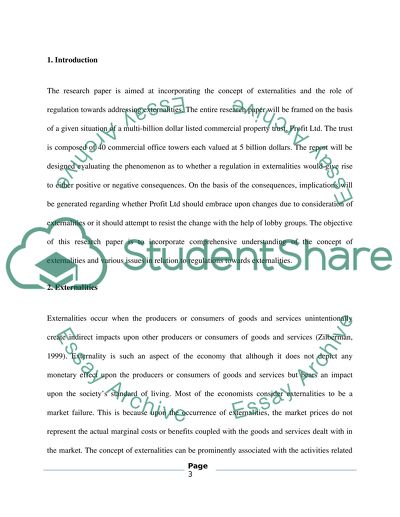Cite this document
(“Externalities Essay Example | Topics and Well Written Essays - 1500 words”, n.d.)
Externalities Essay Example | Topics and Well Written Essays - 1500 words. Retrieved from https://studentshare.org/marketing/1581604-externalities
Externalities Essay Example | Topics and Well Written Essays - 1500 words. Retrieved from https://studentshare.org/marketing/1581604-externalities
(Externalities Essay Example | Topics and Well Written Essays - 1500 Words)
Externalities Essay Example | Topics and Well Written Essays - 1500 Words. https://studentshare.org/marketing/1581604-externalities.
Externalities Essay Example | Topics and Well Written Essays - 1500 Words. https://studentshare.org/marketing/1581604-externalities.
“Externalities Essay Example | Topics and Well Written Essays - 1500 Words”, n.d. https://studentshare.org/marketing/1581604-externalities.


